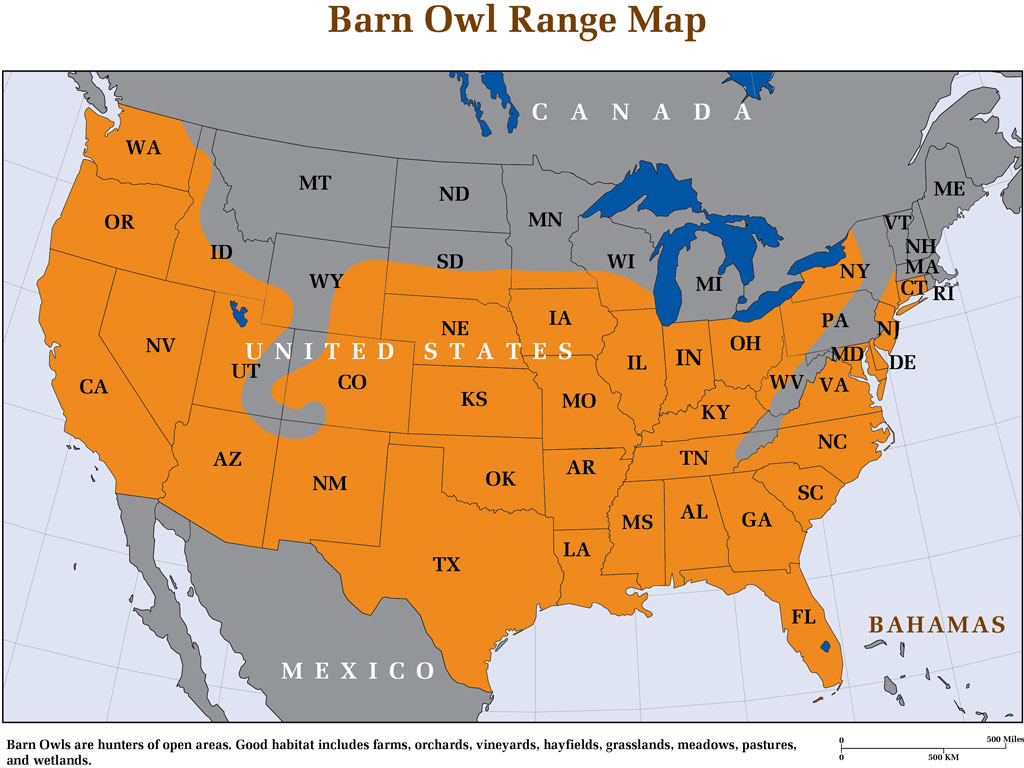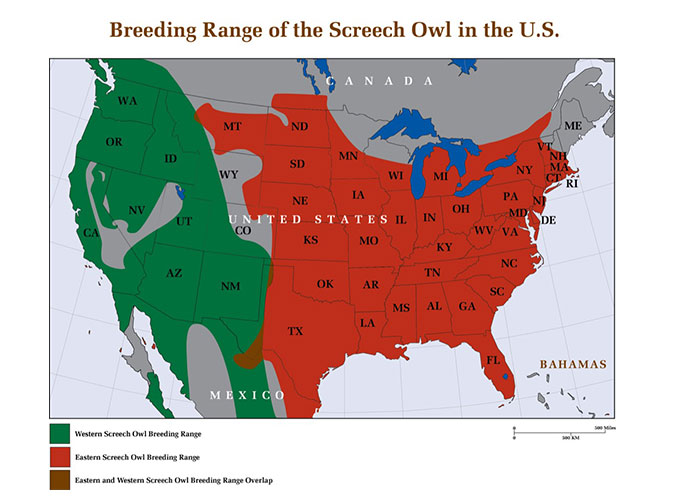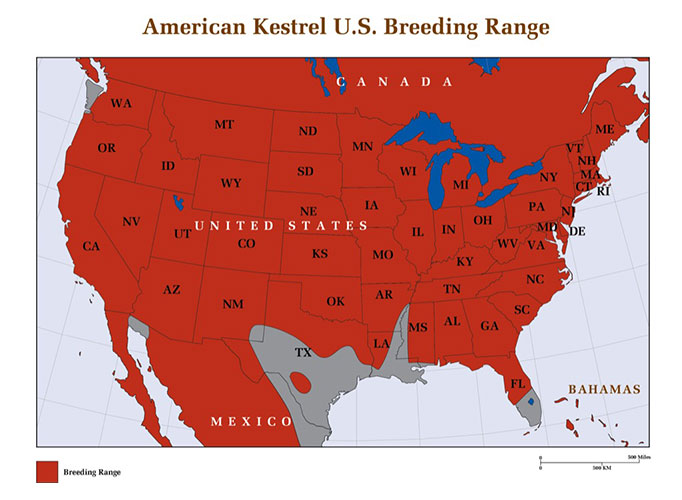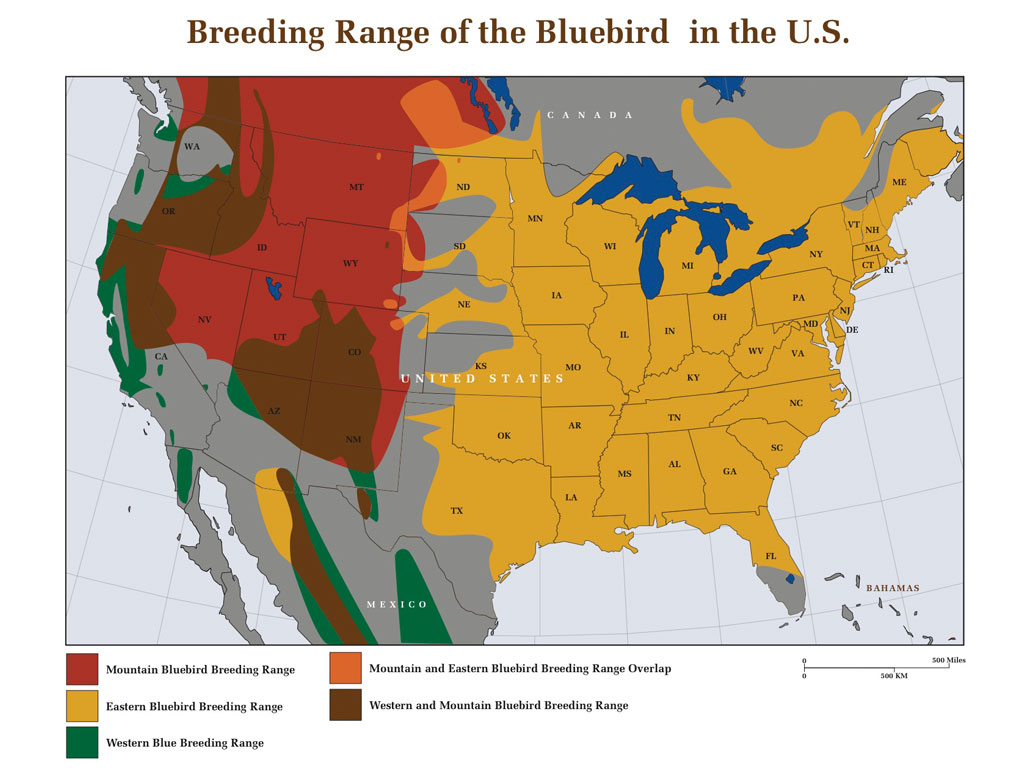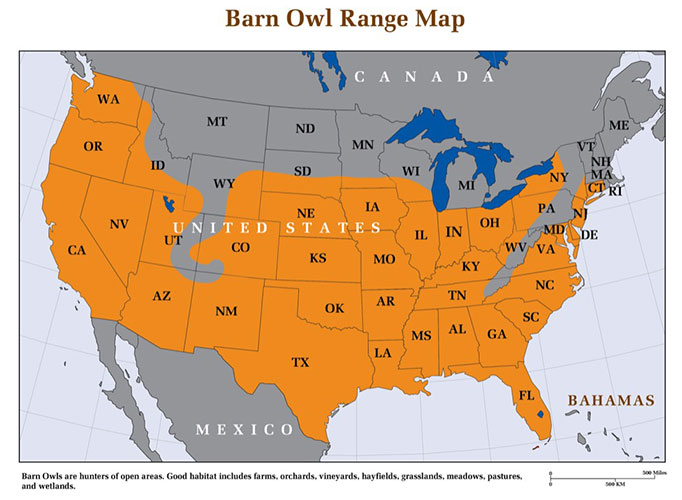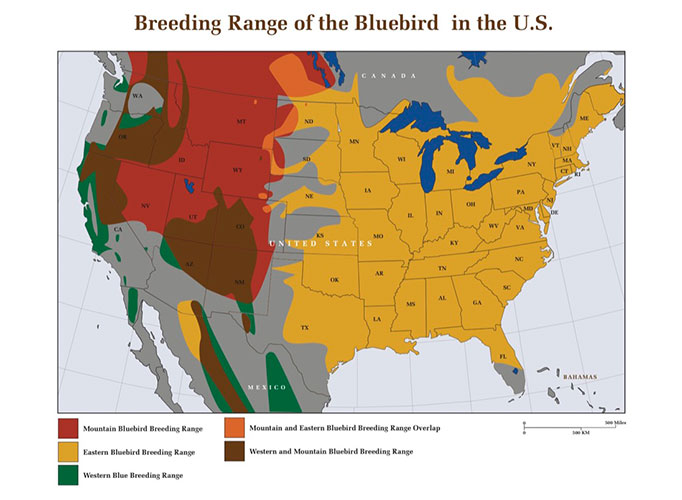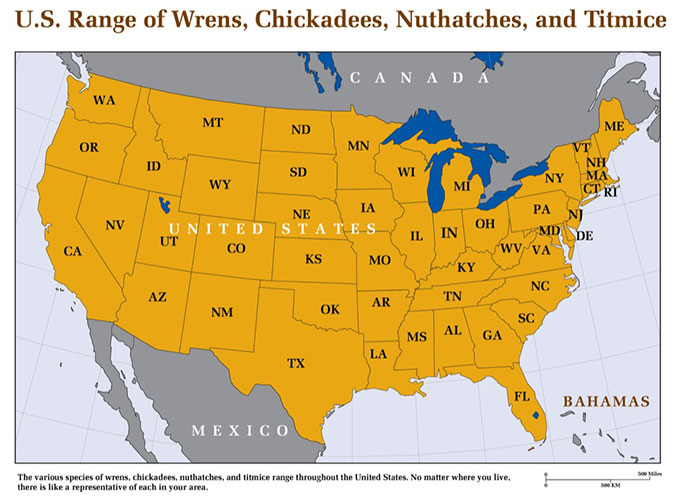Free Shipping to the Contiguous United States
New Hampshire Barn Owls
Barn Owls in New Hampshire As the second most forested state in the nation, with forest covering 81% of the land area, and with routinely severe winters, the barn owl is essentially non-existent in New Hampshire. As testimony to its…

